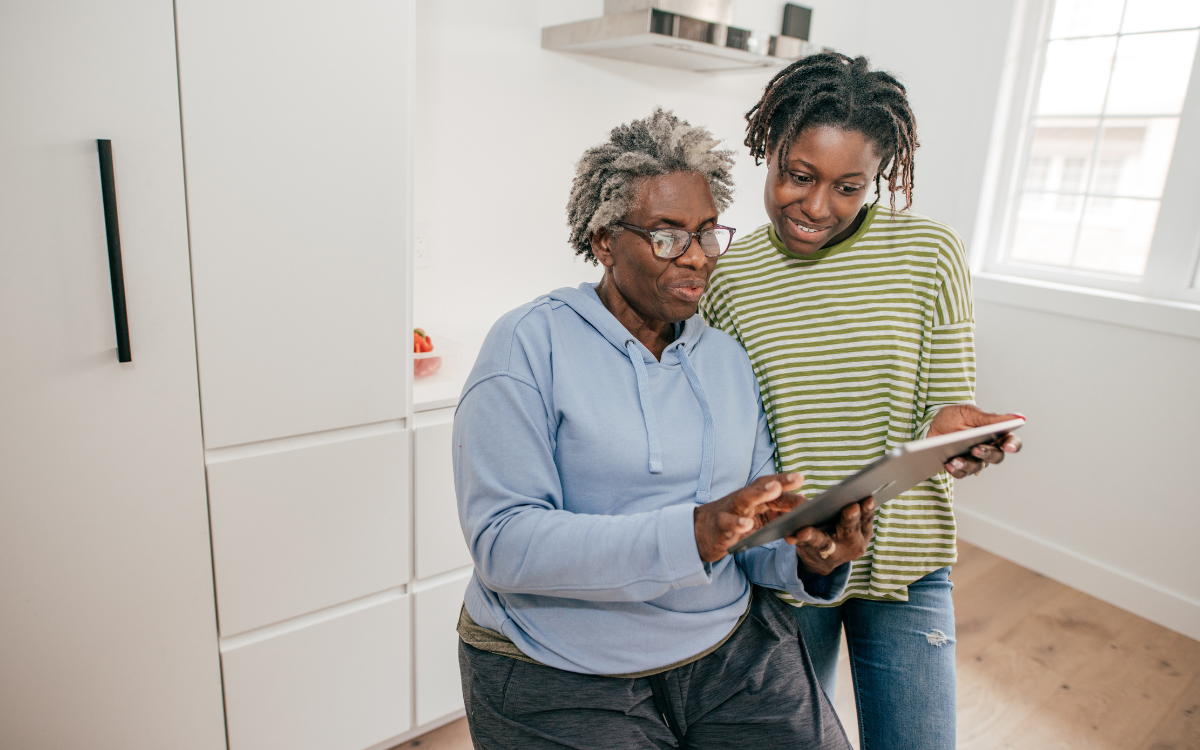The Self-Determination Program (SDP) in California was created, in large part, to allow regional center customers to establish personalized, unique life plans. Instead of receiving traditional services through regional center-approved vendors, SDP participants have a little more elbow room for creativity.
The individual program plan, or IPP, is the vehicle through which participants can be creative with their services while ensuring their related funding requests are approved.
In our recent webinar, Thinking Outside the Box: Creative Services in SDP, we explored how SDP enables participants to bring person-centered plans and goals to life in unique, creative ways. Below, we zoom in on how IPPs play a vital role in that process, distinguishing SDP from traditional regional center services.
What is an Individual Program Plan?
The individual program plan (IPP) is a fairly comprehensive document that describes an SDP participant’s goals and the services they think will best achieve those goals. The participant leads the way by expressing their preferences in major life areas, and the planning team helps fill in the gaps by identifying services and activities to help the participant’s preferences become reality.
The IPP typically addresses:
- The SDP participant’s desired living arrangements
- How the participant wants to spend their free time
- The participant’s social life
- Hobbies and recreation
- Career aspirations
The individual program plan is different from the SDP spending plan. Spending plans lay out the dollars and cents needed to hire service providers and vendors.
Individual Program Plan: Getting Creative with Respite Care
An example of creative individual program planning within SDP lies with respite care. Within SDP, respite care is the occasional care of individuals with IDDs when their natural family support needs to be relieved. For example, parents of individuals with intellectual or developmental disabilities often need someone else to step in when they need a break—to rest, do chores, or run errands.
Traditional vs. SDP Respite Care
Traditional respite care often involves a nurse or other medical professional coming to a participant’s home to look after them while the usual caregivers leave. This arrangement suits plenty of SDP participants, and is perfectly in line with their IPPs.
But what if respite care could mean something different? For instance, the respite carer could pick up an SDP participant and take them to a social engagement or activity. The natural caregivers still receive the break they need, and the participant receives opportunities to immerse themselves in the community.
If your loved one is receiving services from the regional center under the traditional model without much success, SDP can help them get creative and establish a more personalized IPP. “With SDP, you don’t have to try to fit a square peg into a round hole,” explained Suzy Requarth, Head of Care Management at NeuroNav.
How Does an Independent Facilitator Help with Accomplishing Creative Goals?
IPPs must connect the participant’s goals with specific services. The primary goal of independent facilitators is to help participants and their planning team realize the full breadth of SDP services in furtherance of person-centered IPP goals.
NeuroNav understands the immense cognitive workload placed on families who want to transition their loved ones into SDP. We’re here to make it all make sense and ensure your IPP gets funding and results.
Learn More about Services and Supports for Adults with IDDs
NeuroNav offers support in transitioning to SDP and in maintaining a person-centered IPP so participants’ priorities stay front and center. We supplement our services with a complimentary newsletter featuring timely SDP updates and relevant informational materials.
If you’re interested in learning more about how SDP can help you or a loved one receive support tailored to personal needs and wants, check out our full webinar on the subject here
Looking to learn more about SDP itself? Schedule a free consultation with our team to talk about getting started with the program.


.png)

